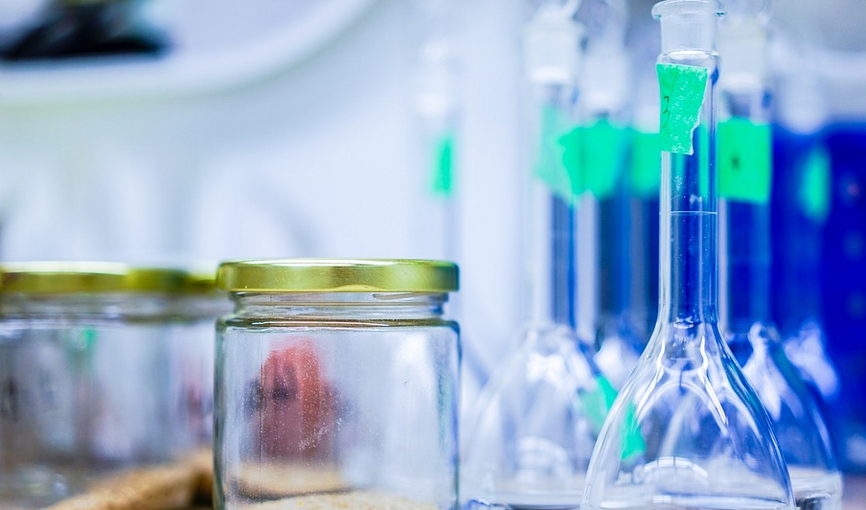Introduction
Metalloids are unique elements in the periodic table that have properties of both metals and nonmetals. They are also known as semimetals or intermediate elements. The chemical properties of metalloids make them important in various industries, including electronics, energy, and medicine. In this article, we will explore the chemical properties of a metalloid in detail.
What is a Metalloid?
A metalloid is an element that has properties of both metals and nonmetals. They are located in the periodic table along the zigzag line that separates the metals from the nonmetals. Some of the commonly known metalloids are boron, silicon, germanium, arsenic, antimony, and tellurium. These elements have unique electronic configurations that give them the ability to conduct electricity like metals and also behave chemically like nonmetals.
Chemical Properties of a Metalloid
The chemical properties of metalloids are determined by their electronic configurations. They have a varying number of valence electrons, which determine their reactivity and chemical behavior. Metalloids typically have three to six valence electrons, which allows them to form both covalent and ionic bonds with other elements. One of the most important chemical properties of metalloids is their ability to form semiconductors. Semiconductors are materials that have electrical conductivity between that of a conductor and an insulator. Metalloids like silicon and germanium are widely used in the electronics industry to produce semiconductors for electronic devices like computers, smartphones, and solar panels.
Boron
Boron is the lightest metalloid and has three valence electrons. It has a high melting point and is resistant to chemical reactions at room temperature. Boron is widely used in the production of borosilicate glass, which is used in laboratory equipment and kitchenware.
Arsenic
Arsenic is a toxic metalloid that has four valence electrons. It has a metallic gray appearance and is used in the production of semiconductors, pesticides, and wood preservatives. Arsenic is also used in traditional medicines in some cultures, although its use is highly regulated due to its toxicity.
Tellurium
Tellurium is a rare metalloid that has six valence electrons. It has a silvery-white appearance and is used in the production of semiconductors, solar panels, and thermoelectric devices. Tellurium is also used in the production of alloys with other metals like copper and lead.
Conclusion
Metalloids are unique elements that have properties of both metals and nonmetals. They have important chemical properties that make them useful in various industries like electronics, energy, and medicine. Understanding the chemical properties of metalloids is important for the development of new materials and technologies that can benefit society.

